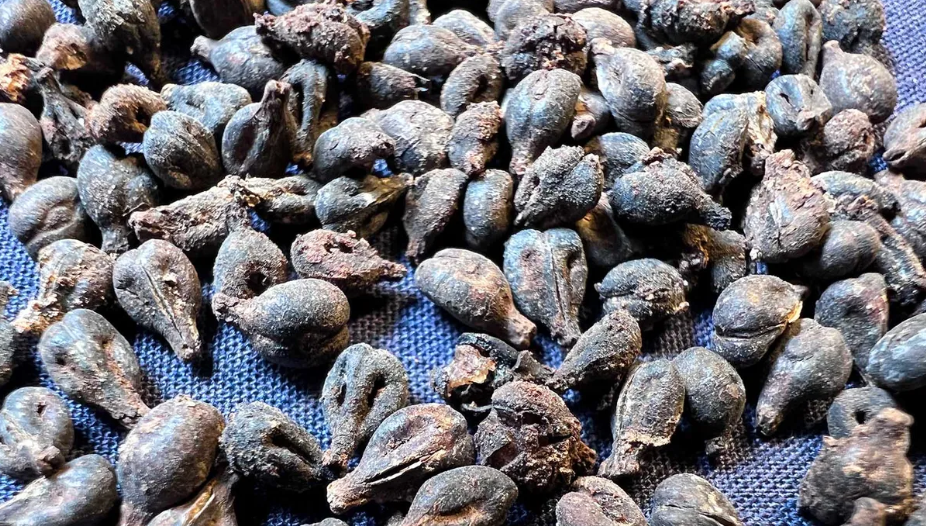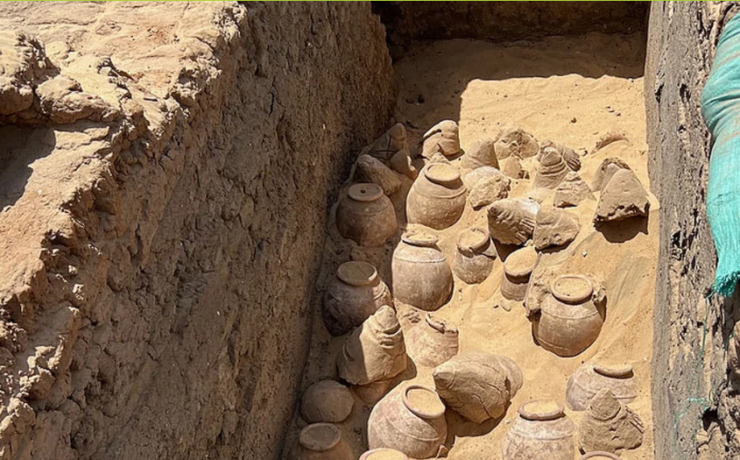Archaeologists have discovered traces of 5000 year old wines. The team uncovered hundreds of wine jars containing traces of wine while investigating the tomb of a First Dynasty queen. The findings shed light on the life and status of the mysterious ruler.
The wine jars were among the numerous grave goods discovered in the tomb of Queen Meret-Neith in the Umm al-Qa’b necropolis in Abydos. Many royal tombs, mostly from the Early Dynastic Period, may be located in the region, including the tomb of Pharaoh Narmer, who is generally credited for uniting Upper and Lower Egypt and establishing the First Dynasty (about 3,000 BCE).
Meret-Neith was the only female to receive a tomb of her own in the royal cemetery at Abydos, making her the most powerful woman of the time. Her true identity and role, however, are still unknown. The discovery of numerous grave goods in her tomb as well as inscriptions proving she oversaw central administration both contribute to establishing her historical significance.
These discoveries support the theory that she predated Queen Hatshepsut of the 18th Dynasty and was the first female pharaoh of ancient Egypt. She was buried with several wine jars that were remarkably well kept, some of which were even still sealed in their original form, complete with the remains of prehistoric plonk and, occasionally, preserved grape seeds.



The graves of 41 courtiers and servants were located in other parts of the tomb complex. These, as well as Meret-Neith’s burial chamber, were built of unbaked mudbrick, clay and wood. They claim that this disproves common misconceptions regarding First Dynasty burial customs, particularly the usage of ceremonial human sacrifice, which is frequently assumed but not verified.
The dig may provide new details regarding the queen’s life and this time period, it is anticipated. We might learn something about early winemaking from the findings.
“The discovery of sealed, intact wine jars at Abydos, along with well-preserved grape pips, has the potential to significantly build our understanding of some of the earliest wine production, use and trade in the ancient Mediterranean and North Africa,” said Emlyn Dodd to Newsweek, a lecturer at the Institute of Classical Studies.
“Analysis of the residues left inside the jars, for example, could illuminate the chemical composition of the wine that was once inside, revealing its flavor profile and any additive ingredients that were used.”
In other very old wine reports, the world’s oldest bottle, a measly 1700 years old, may actually be safe to drink, but just because you could doesn’t mean you should. We can’t image anything tasting fantastic after nearly two millennia sealed up.
